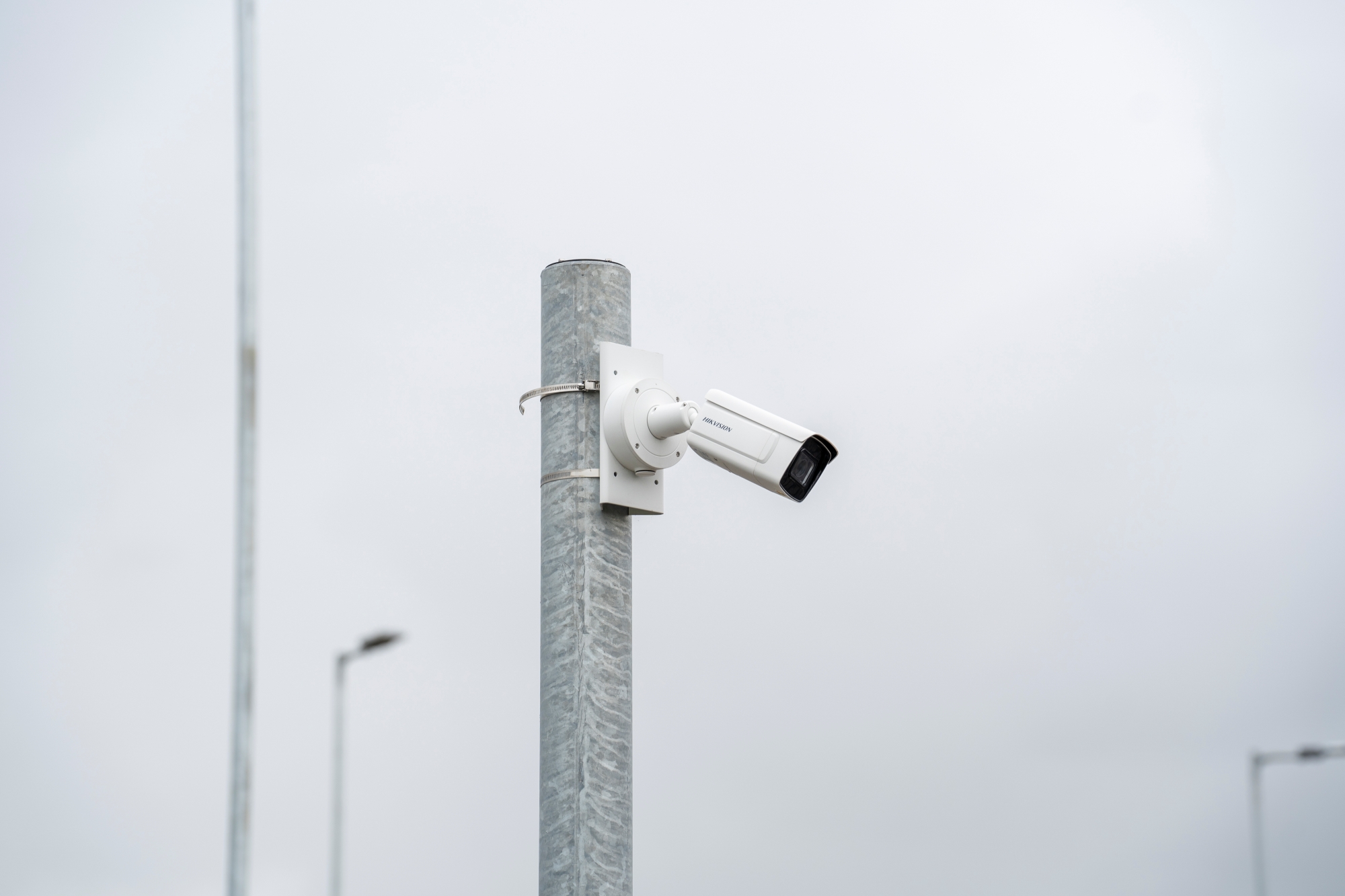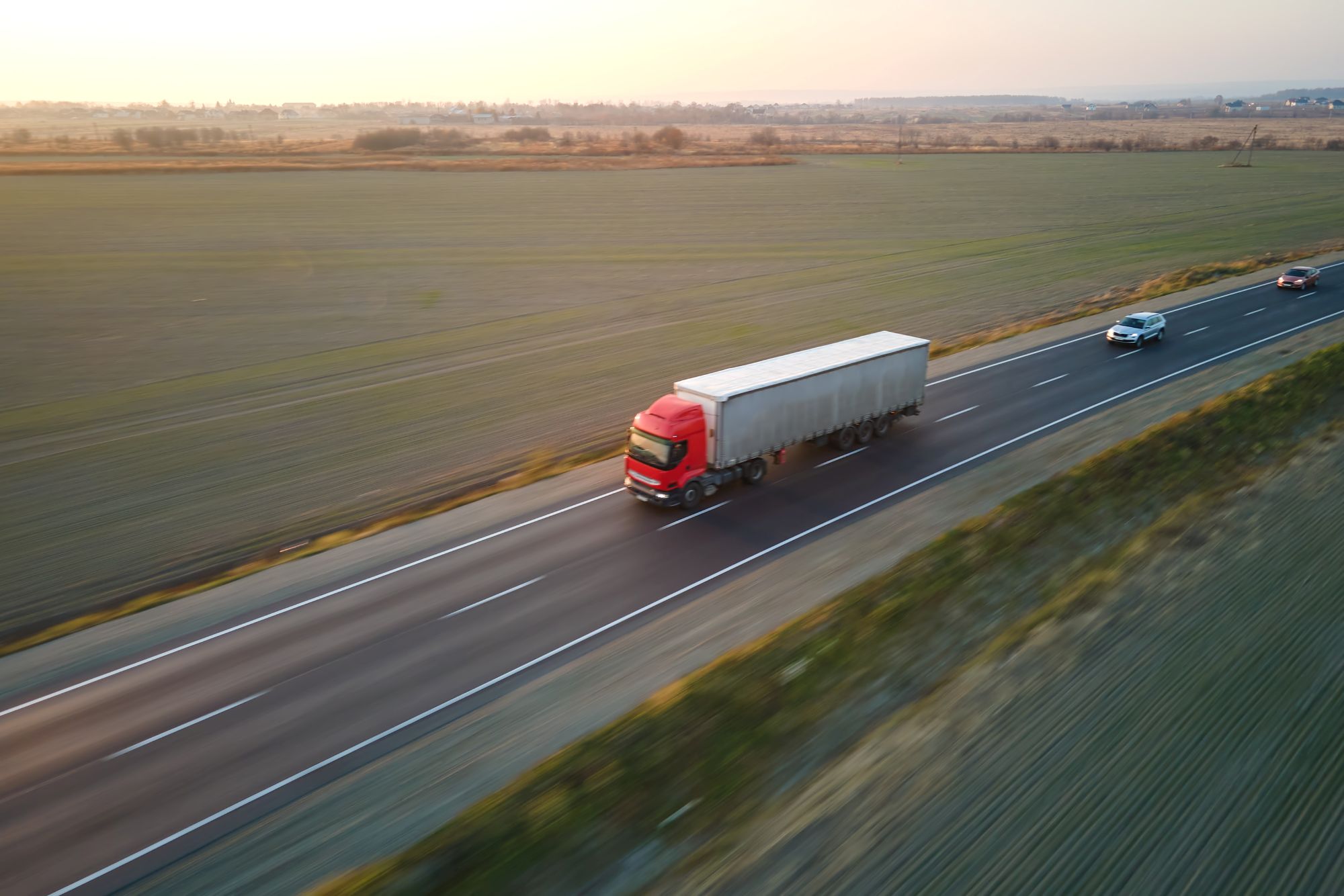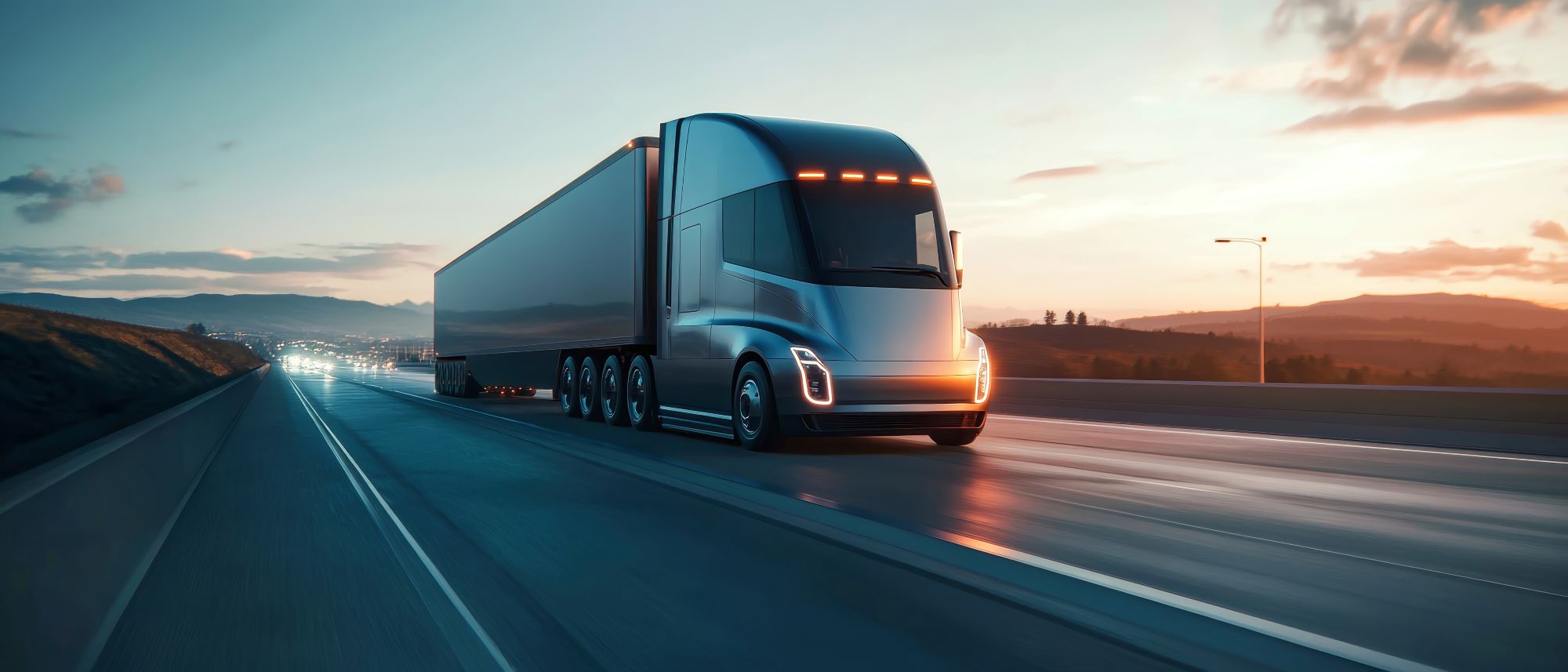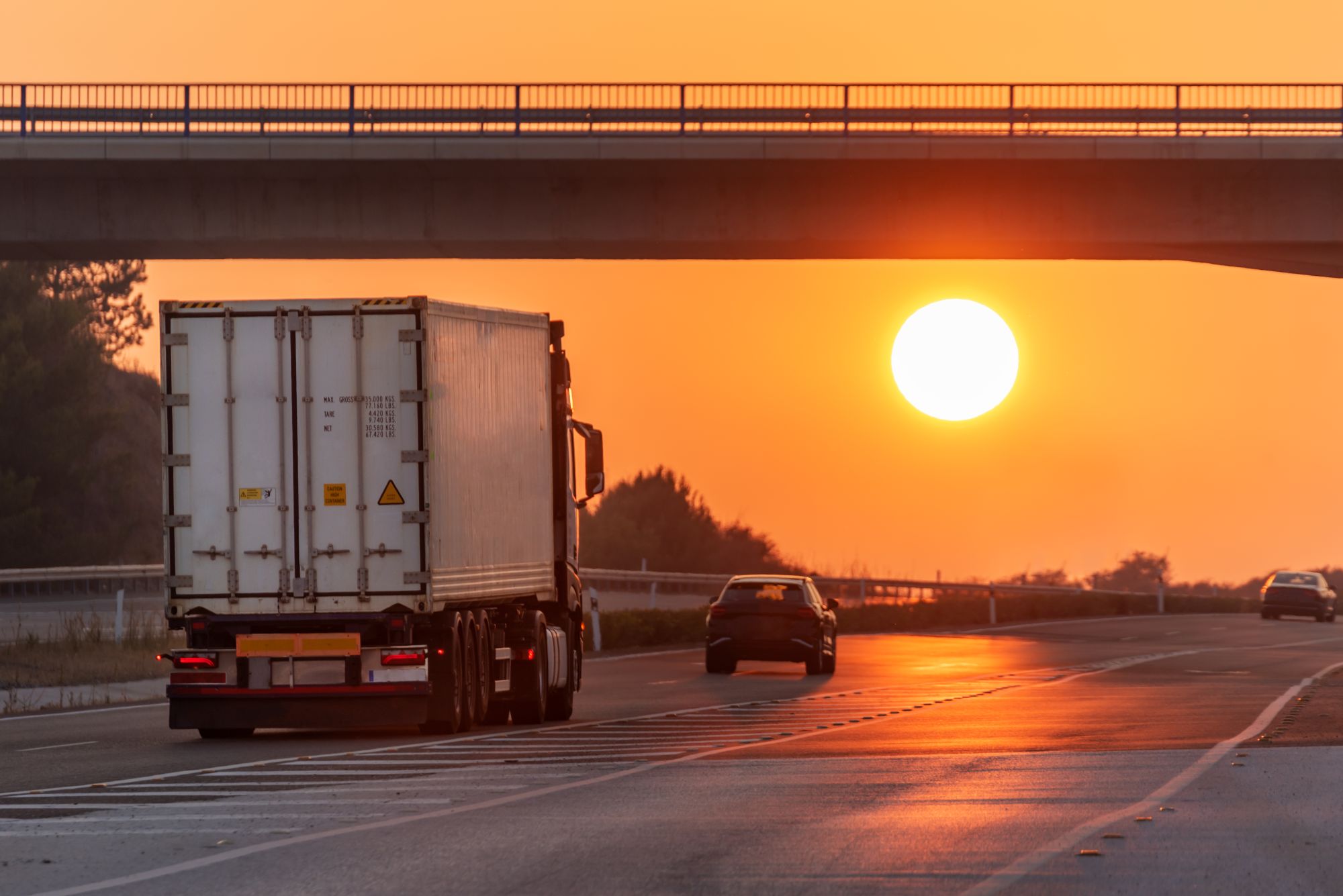
Miranda Blake
Vairuotojai nepatenkinti sunkvežimių stotelėmis: Kokia problema?
Sukurta: 11-11-2024
•
Atnaujinta: 09-12-2025
Nepriklausomos priežiūros organizacijos "Transport Focus" neseniai atliktos apklausos duomenimis, beveik pusė sunkvežimių vairuotojų nėra patenkinti Anglijoje esančių sunkvežimių sustojimo aikštelių kiekiu ir kokybe. Jų nuomone, pastaroji per pastaruosius metus taip pat pablogėjo.
Čia, SNAP, turime [sunkvežimių stovėjimo aikštelių] tinklą (https://snapacc.com/truck-parks/), kuriame teikiamos aukščiausios kokybės paslaugos (netrukus paskelbsime savo apdovanojimus, skirtus geriausioms sunkvežimių stovėjimo aikštelėms!). Taigi, jei yra daugybė puikių stovėjimo aikštelių, kyla klausimas: kodėl vairuotojai tokie nepatenkinti?
Giliau pasinerkite į problemą
Pirmiausia pažvelkime į tai, kuo jie nėra patenkinti. Vairuotojai sako, kad nesijaučia laukiami ir saugūs kiekvienoje stotelėje. Be to, jie negali tinkamai pailsėti ar pasimėgauti geru maistu. Tarp atsiliepimų buvo ir tokių, kad ne visada galima gauti sveiko maisto arba švarių dušų ir tualetų. Vairuotoja moteris taip pat pastebėjo, kad moterų tualete nėra dušo - tai reiškia, kad jai neliko nieko kito, kaip eiti praustis į vyrų tualetą.
Vis dėlto svarbu pabrėžti, kad statistiniai duomenys gauti iš tų, kurie pasirinko pertraukas šiose poilsio stotelėse, todėl tikėtina, kad tam tikra dalis jų yra įvykdyta. Be to, apklausos metu vairuotojų buvo klausiama apie jų patirtį tik trečdalyje visų Anglijos sunkvežimių sustojimo aikštelių, greitkelių tarnybų ir A kategorijos keliuose esančių sustojimo aikštelių. Be to, daugelyje sunkvežimių stovėjimo aikštelių buvo gauta bent 95 % patenkinamų balų, o bendras pasitenkinimas siekė 86 %.
Taigi, galbūt problema nėra tokia didelė, kaip atrodo. Nors pramonė tikrai negali jos ignoruoti, ypač atsižvelgiant į tai, ką atskleidėme.
Ką atskleidė SNAP tyrimas
Nustatėme, kad 70 proc. vairuotojų renkasi ne degalines ar sunkvežimių sustojimo aikšteles, o poilsio aikšteles, o pagrindinė priežastis - nepakankamas saugumas. Pavyzdžiui, jie anksčiau yra patyrę, kad buvo nupjautos jų užuolaidos. Nors verta paminėti, kad 2023 m. Kembridžšyro policija pranešė, kad 46 % krovinių vagysčių įvyko gatvėse arba stovėjimo aikštelėse, palyginti su 27 % degalinėse - tai rodo, kad galbūt vairuotojai nerimauja ne ten, kur reikia.
Daugiau nei pusė sunkvežimių vairuotojų mūsų socialinės žiniasklaidos puslapiuose atskleidė, kad, jų nuomone, JK poilsio stotelės nėra saugios ir patikimos, palyginti su Europos stotelėmis. O 70 proc. respondentų pastebėjo, kad vietos, kuriose apsauga yra aukštesnio lygio, iki ankstyvo vakaro būna pilnos.
Nors tai reiškia, kad jų nepakanka paklausai patenkinti, daugelis mūsų svetainių pasižymi fantastišku saugumu. Taigi tos, kurios neturi, turėtų pagalvoti, kaip tai pagerinti.

Sunkvežimių stovėjimo aikštelėms suteikiamas aukščiausias saugumo lygis
Teikiame įvairias paslaugas, kad pagerintume visapusišką patirtį, įskaitant mūsų pirmaujančius saugos paketus, teikiamus per SNAP Access & Security. Nuo ANPR kamerų ir užtvarų iki CCTV - užtikriname geriausią sunkvežimių stotelių, o kartu ir vairuotojų bei visų transporto parkų krovinių apsaugą.
Daugiau informacijos apie SNAP Access & Security arba apie kitas mūsų paslaugas (pvz., automobilių stovėjimo ir plovimo) čia.



